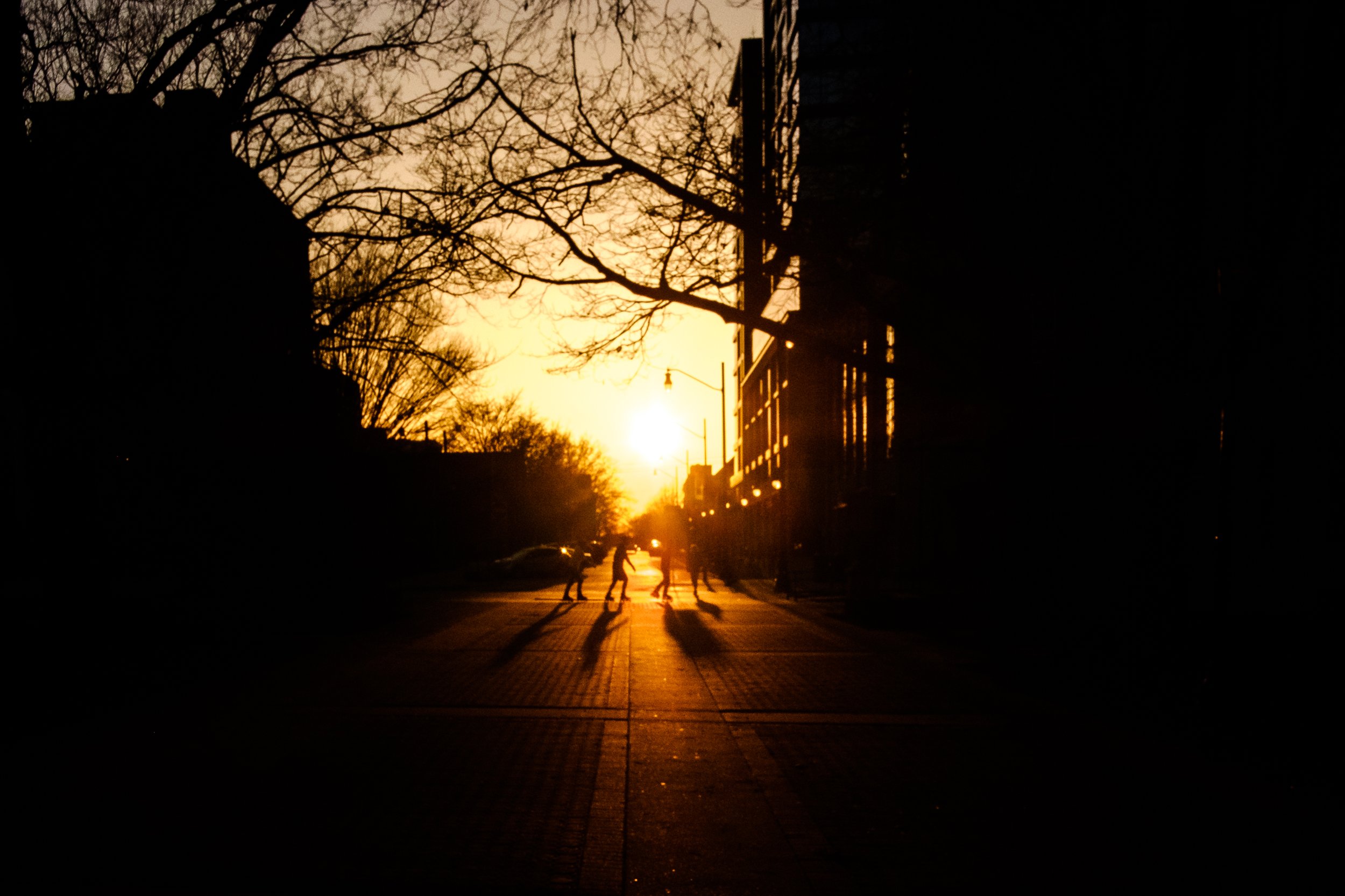January 2022 - A Discovery: Erling Kagge’s Walking
However, in an attempt to offer an additional perspective, although surely on the depths of the internet someone has already said this, I would suggest that we should revolt because in providing all manner of accessibility to books, magazines, etc. discovery, creativity, and happenstance are annihilated in a sea of rationality, of algorithmic imitation. To combat this, I suggest taking advantage of a public resource – the library.
On January 6th, 2022, having spent my day endlessly sending and receiving emails to several academic journals, as well as contacting a number of other people related to my work, I was fed up. Sitting in the library, I decided to finally look up and walk around.
And I found a book on walking. Well, its called Walking: One Step at a Time. I had never heard of this book, nor of its author Erling Kagge. As the dust jacket tells me, he is an acclaimed publisher and explorer. He has hiked Everest. If anything, learning this made me want to read the book less – I’d prefer not to be hit over the head with someone’s greatness as the manner in which I am supposed to decide to whether or not to read a book. But, I can understand that it could be necessary for marketing. However, perhaps this is precisely the kind of person who is able to publish a mass-marketed book - a member of the elite. Educated at Cambridge, a one time corporate lawyer, and now owner and operator the largest publisher of non-fiction in Norway, Kagge has tremendous cultural and economic capital which alongside his penchant for exploration and philosophy, he has been able to translate into the necessary effective symbolic capital in the field of cultural production.
Despite this position, I still believe this is a gem of a book. Beautiful in the hands. Small and light – perfectly sized. Everything is clearly considered. The cover is expertly done with a green and white motif of a winding trail, and as you open and close the book, the paper shimmers and reflects an array of subtle light, just like the light of winter afternoon, the hues of which Kagge contemplates in the first half of the book. While there are no earth-shattering ideas contained therein, Kagge’s writes well and nicely has gathered together a series of musings and observations that are intellectually stimulating.
It has images interspersed, but it is not a photobook. They are images and graphs to think with – contemplative tools. They are about how, in a sense, one gains in understanding, an intelligence, to use his word, i.e., the ability to think abstractly and critically by taking the time to walk: to observe, to engage in the world sensorially (we might say phenomenologically – and indeed he cites Heidegger early on, although it is not at all rife with philosophical language and references, but just the right amount). By contrast, the rationalized perspective, the modern perspective, i.e., to get from A to B, to go fast, to stay on the move, all this makes us lose time, we lose understanding. In all this bustle and hustle, nothing is accomplished, anxiety and anger builds.
In particular, Kagge’s observations of his walk in Southern California drew my attention, as his descriptions very closely track with my own. Here he mixes ethnographic/topological observation with theoretical reflection:
“Continuing westward towards the Pacific, we were struck by how few trees and how many nail bars and stoned people there are in Los Angeles. Everything is man-made over large swatches of the city. It is teeming with housing projects; we got the impression that half of the city’s population polished the nails of the other half. The great pleasure of walking in a city is to be among the people. For the entire duration of the walk, you are what social anthropologists call a ‘participant’ and nor merely an observer. The divisions between what you see and what you do get smaller.”
Underlying all this is Kagge’s clear penchant for phenomenology, with references to Merleau-Ponty, Mauss, Bourdieu, and Kierkegaard, among others interspersed throughout. Indeed, where else would thoughts on walking lead?
This book is not only validating and confirmatory of my own experience, but it is a great read and a pleasure to do so as Kerlag takes the reader on several journeys: to Los Angles, Oslo. And I dare say, it is a journey into his spirit, his ethic, and his way of seeing, which is a way of being. He discusses classics like Ulysses and makes fascinating references to the origins of the Robinson Crusoe tale that were totally unfamiliar to me. It did not feel like a burden to read.
This book is a pleasure, like a good walk in the brisk, clear air of a December afternoon.


